Simulate leader experience through case method learning
The case Method is a unique and highly effective approach which actively engages students in group discussions and teamwork. It places an emphasis on involving students actively in solving problems by studying examples of real problems that have occured or may occur in society in future. For leadership education, the Case Method has proven to be one of the best teaching and learning methods.
4 STEP LEARNING PROCESS
Knowledge is only useful when used effectively. The case method process involves individual preparation followed by small group discussion and finally large group discussion. Through repeated practice of our 4-Step learning process, students learn the thought processes necessary for problem solving as well as honing your decision-making abilities.
-
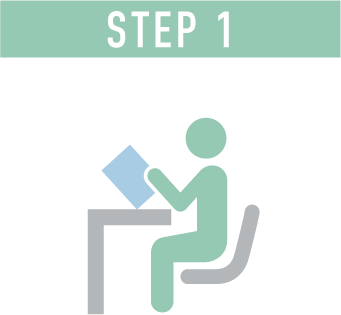
1. Individual Preparation
Students are required to read the assigned case carefully, understand the issue in the case on their own first, then find the solution for the issue analysing all of the factors in evidence. They then need to report back to the class.
-
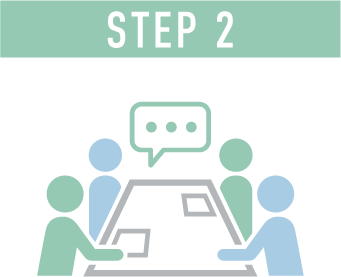
2. Small Group Discussion
Small group discussions may occur on the day of the class, prior to the large group discussion. This is an ideal opportunity for students to compare notes, share ideas and perspectives on the assigned case.
-
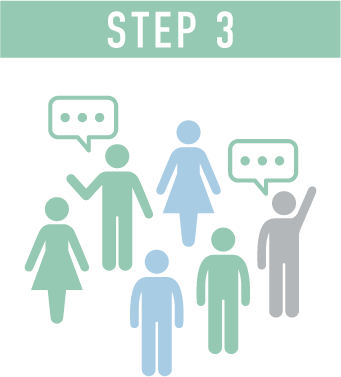
3. Large Group Discussion
The whole class then reconvenes and the teacher moderates and facilitates the next phase of discussion. Students are encouraged to express various opinions gleaned from the preceding group discussions. Via this method, students gain confidence through collaboration as well as a sense of independence and responsibility in taking action.
-

4. Reflection
After the whole class discussion, students reflect upon their performance and ways of improving their skills and preparation for the case. The process of shaping and improving oneself through continuous reflection is as important as obtaining new knowledge, and this is the ultimate goal of case method.
What is a Case?
- An open-ended factual story, situation or experiment approach based on a currrent unit of study
- It depicts real-life experiences, challenges and issues
- It could be long or short, simple or complex
- The participants must conceive of possible approaches and solutions to the problem
Why teach using cases?
Case discussions bring energy to the classroom and students are able to engage in the case rather than watch or read about how it is done by others.
Cases allow students to work on complex real-world problems. This forces students to ignore irrelevant material and to focus on finding and using evidence to come up with a compelling solution. Cases often have many parts and reflect many points of view, require analyses that involve several steps and involve a variety of intellectual tasks.
Case discussions help students learn effective listening and response skills, push them to present clear and reasoned arguments and enhance public speaking skills.
NUCB - Pioneers of the Case Method
Not many schools in Japan hold the international accreditation that serves as evidence of quality in the curriculum and learning provided by the institution. In fact, there are only four schools in Japan that hold AACSB accreditation, with NUCB Undergraduate School being the first to gain it at the undergraduate level.
Even rarer is finding a school in Japan that delivers a medium of instruction using Active Learning and the Case Method. NUCB has been a pioneer for this method and as this mode of teaching requires special training and practical experience, NUCB sends faculty to the Harvard Business School seminars on case method teaching throughout the year to understand better this method of instruction.
-

Case Method vs. Case Study
- Faculty and Research
- About
Although the case method and a case study sound similar, these are, in fact, quite different since they have different characteristics. For example, both the case method and a case study are based ...
READ MORE
-

What is Case Method?
- Faculty and Research
- About
Case Method is an educational method that becomes famous in Japan owing to Harvard Incandescent Japanese History Classroom. It puts you in the role of a protagonist in a real-life event (case), whi...
READ MORE

 Application
Application
 Brochure
Brochure
 Events
Events
 One-Day Experience
One-Day Experience

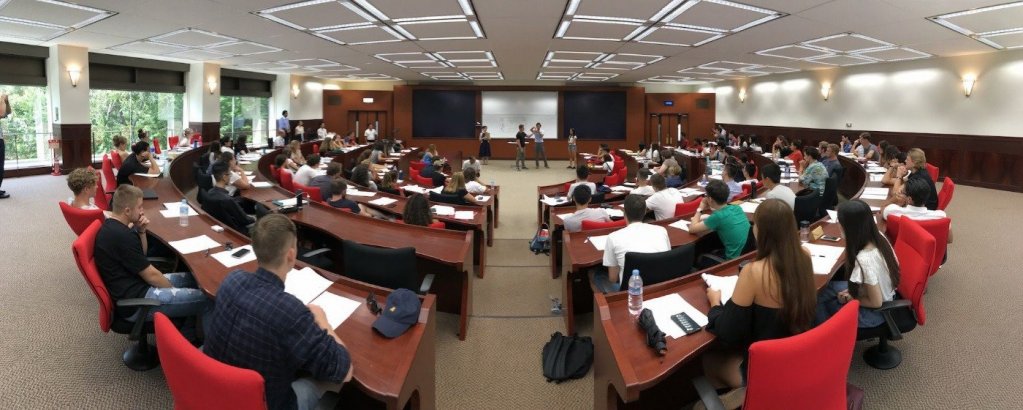
.jpg)